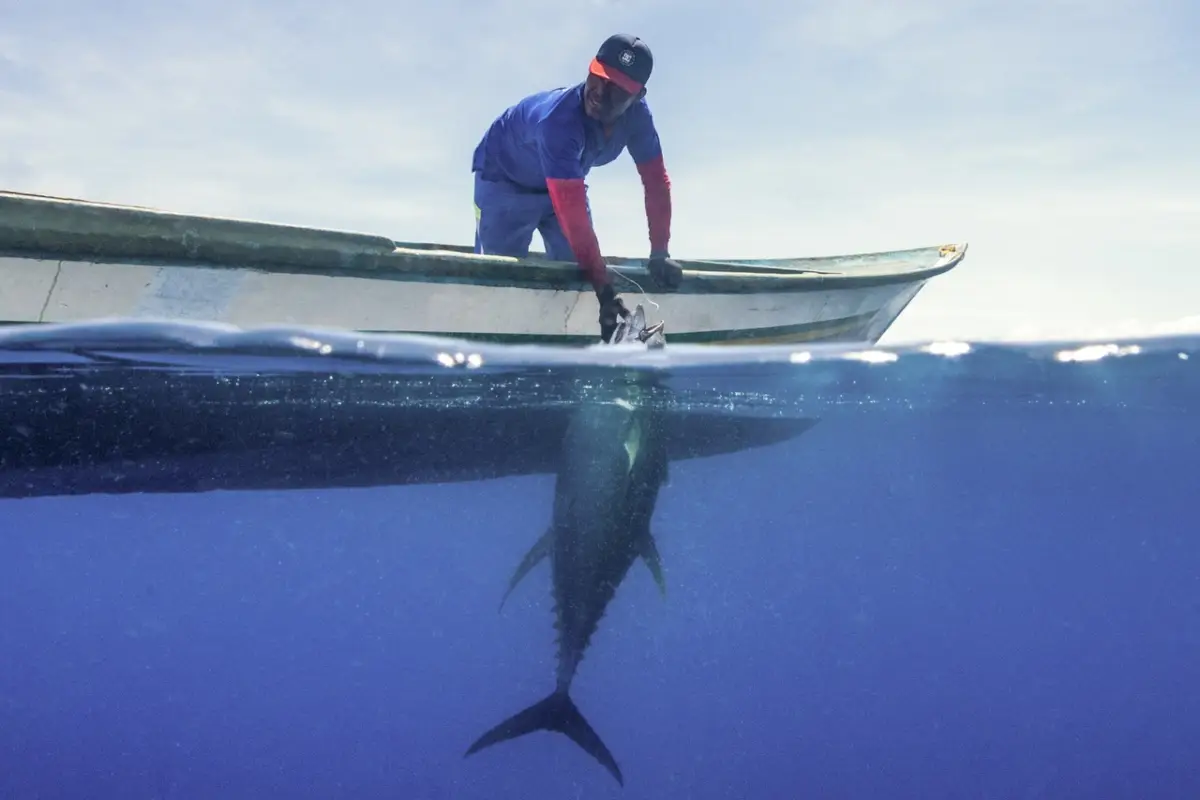
Tuna. MSC: Half of the catch comes from certified sustainable sources
Volume sold worldwide grew 24% year-on-year to nearly 300 million metric tons as of March 31, 2025

Every year, 2.8 million tonnes of tuna are landed from MSC-certified fisheries, representing half of the global catch. This increase has also been made possible by the certification, in the last five years, of eight new fisheries assessed as sustainable according to the MSC Standard for Sustainable Fisheries; among these we find the Kyowa-Meiho, the first Japanese purse seine tuna fishery to achieve certification; the Australian Southern Bluefin Tuna fishery; and the Senegal Atlantic Tuna fishery, the first in West Africa to meet the MSC Standard.
MSC (Marine Stewardship Council) is a non-profit organization that promotes ocean health through a sustainable fishing program based on the Theory of Change, which brings fishermen, seafood companies and consumers together in a virtuous circle capable of promoting improvements in fishing through increased demand for seafood from sustainable sources.
The volume of MSC tuna sold worldwide grew 24% year-on-year to nearly 300 million metric tons as of March 31, 2025, according to new data published by MSC in the latest edition of its Sustainable Tuna Yearbook. The data includes tuna sold in the fresh, frozen, canned, ready-to-eat and pet food categories.
“Today, thanks to the large availability of MSC certified tuna, companies have an even greater responsibility to offer sustainable products to consumers, so that they can make informed and fair choices for the ocean,” says Paola Guglielmo , head of corporate relations for MSC in Italy.
In Italy, there has been a +256% increase in the volume of MSC certified tuna in the last 4 years, equal to 13 thousand tons of certified raw material. An increase that demonstrates the resilience and centrality of sustainability in the work of the main operators in the sector, despite the contraction of the market, the challenges linked to inflation and the increase in production costs. Certified tuna represents 20% of the total volumes of MSC fish products in Italy; of these, over 91% is used for canned tuna, in line with the national market.
On the shelves of large-scale Italian retail outlets, there are over 200 references of MSC certified tuna in a wide range of products ranging from classic canned food to tuna salads and sandwiches. These products are not only market leaders such as Rio Mare, which has played an undisputed role in driving the growth of the sustainable tuna market, but also brands such as Mareblu and Grupo Consorcio, or private label products that currently represent 15% of the total volume. Analyzing the species, it is interesting to note that this year, for the first time, skipjack tuna has overtaken yellowfin tuna, representing 56% of the total volume of MSC certified tuna in our country. More information on the Italian sustainable tuna market is available here. Next week (7 May), MSC will hold a conference at the Seafood Expo Global in Barcelona to discuss the supply and demand of tuna from sustainable sources.
EFA News - European Food Agency